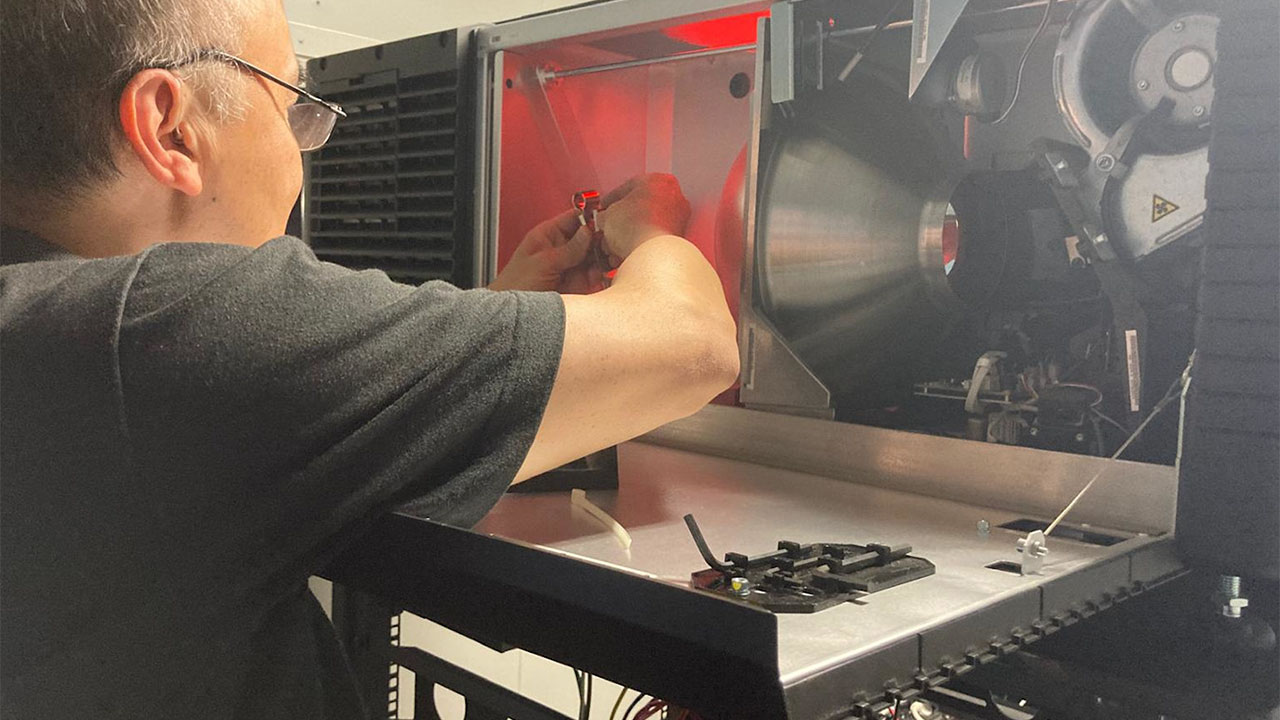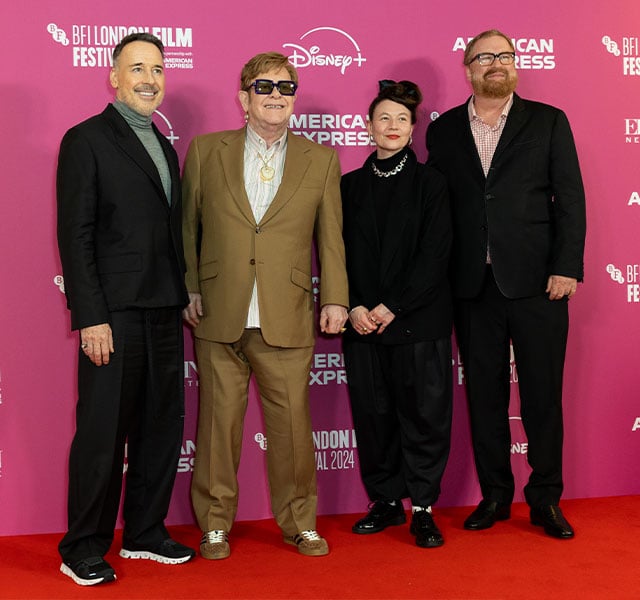Learn what it takes to set up for world-renowned film festivals
World-class film festivals require best-in-class cinema solutions, which is where we come in. As a partner of festivals including BFI London Film Festival, Festival de Cannes, Italian Canadian Film Festival, Shanghai International Film Festival, and Toronto International Film Festival, we have decades of experience presenting the best films in the world exactly as festivals – and directors – require.
But the glitz and red-carpet glamor of the festivals is a small part of the event. It takes months of planning, testing, and some late nights to ensure that the show is nothing short of perfection. Let’s dig into the details of what it takes with two very talented and dedicated team members: Daniel Malach and Francis Zee.

Q: Tell me a little about what you do at Christie.
Daniel Malach (DM): I’m a field application specialist. I travel throughout the Americas to customer sites to do demos, shootouts, and help during new installations. I’m also involved in events including film festivals and tradeshows. I’ve been supporting TIFF since 2016.
Francis Zee (FZ): That sounds very familiar! My role is similar to Daniel’s, but I work primarily in Europe. I’ve been supporting Cannes since 2007.
Q: How do you prepare for the festival each year? How far in advance does it begin?
DM: Planning for TIFF starts in roughly June each year. But we’ve been doing this for a number of years, so the benefit is that when there are the same people and the same venues, it’s a fairly smooth process.
FZ: Cannes takes place in May, and we start planning about five months out. The reason is the volume of equipment, which is typically over 30 movie theater projectors. We receive a technical document from the festival that outlines the number of screens, the size of each screen, and the room size. From there, we specify the equipment.
And like Daniel, I’ve been doing this a long time, so there aren’t many surprises. Our team, collectively, has decades of experience working with the festival.
Q: What’s the first thing you do when you arrive onsite?
DM: For me, I start with equipment checks. Has all the equipment arrived? Is it in the right place? It’s a tight schedule to get projectors installed, calibrated, and tested, and if a piece of equipment isn’t where it’s supposed to be, or isn’t working as expected, it can completely throw off the schedule.
FZ: First thing we do is go shopping! Cannes is a little bit different – we rent an apartment for about four weeks. So, we start by getting groceries.
The film festival is a high-volume job, so if something goes wrong, and your schedule is thrown off even by a day, it won’t work. When the team and I arrive, we already know that all the equipment is working exactly as we expect it to. We spend a lot of time preparing the equipment for shipment before we leave the UK for France, and we literally check every single projector. We also label every projector before it’s shipped, so when it arrives on-site, we know exactly which room it’s going into.
From there, we have roughly 10 days to get the projectors set up for the festival. It sounds like a lot, but people may not realize that some of these rooms are empty, so people are moving seats in, hanging screens, and installing speakers. It’s the process of creating a theatre from scratch.

Q: When setting up the projectors, how do you ensure the image meets the requirements of the festival and/or director?
DM: A lot of the cinema set-up is defined by DCI standards for color and brightness - we have to make sure we precisely achieve those standards. We’re also making sure that the optics are aligned, and that we’re using the correct aspect ratio to fill the screen.
Then, the festival will come in to perform a tech check and sign off on the projected image. Directors, producers, and technical teams who work on specific films will also come in—they’ll ensure the image is exactly as they want it to be and that the audio is exactly as recorded. It’s often the first time they’ve been into the theatre and the first time they’ve seen the film on the big screen.
FZ: Like TIFF, Cannes also has very specific technical requirements as defined by the Higher Technical Commission for Sound and Images (CST). It’s very technical, and it’s all very well documented.
Q: What challenges have you encountered while setting up a festival?
DM: A couple of years ago, the Royal Alexandra Theatre was added to the list of venues for TIFF. It’s a gorgeous, historic theatre that’s used for live performances. But the problem was that if we put a projector in, the straight shot would have required them to take out too many seats; however, they had stage lighting at the very top of the theatre where we could rig the projector.

It was the highest angle, 26 degrees, I’ve ever done with a cinema projector. We had to do a lot of pre-planning and testing to validate that we could achieve a perfect image with the angle of the projector – and we did.
Q: What’s the best feedback you’ve received during a festival?
DM: This story has good feedback, but it’s also about me being starstruck and not realizing it at the time!
The schedule for tech checks can start at 5:30–6:00 a.m. and runs until about 11:30 p.m. It had been a late night, and then I was up early for the first check of the day. I was watching the film and didn’t know anyone else in the theatre, and one of the guests said during the screening, “Oh my god, this is just incredible. It looks great!” He had a very thick accent, and he continued to say how good it looked.
The tech check ends, and as we’re walking out, I ask the audio team who commented on the image – remember, it was an early morning! They told me it was Ewan MacGregor. That was very cool.
FZ: We often hear positive feedback secondhand, which is a testament to the quality of our projection equipment.
But unlike Daniel, I missed my chance to meet one of my favorite actors. I’ve met famous people at the festival in passing, but one year, Clint Eastwood came into the projection booth. One of the technicians was a big fan, Eastwood heard about it and went into the booth to meet him. There’s a picture of the whole gang with Eastwood framed on the wall. It was the one day I wasn’t there!



